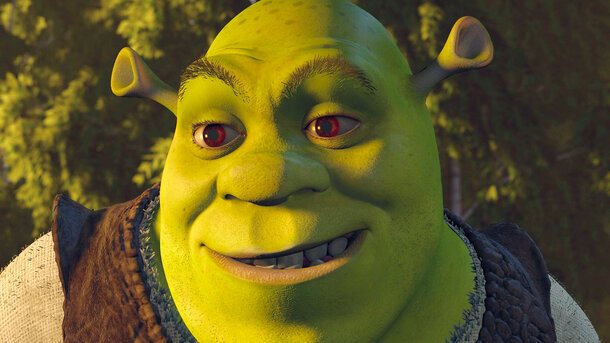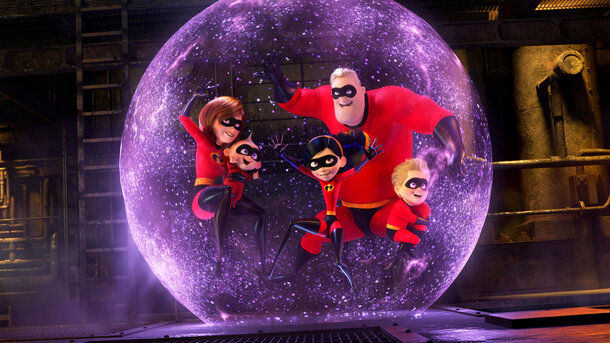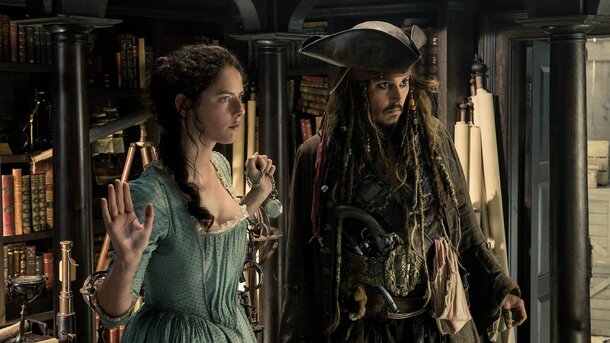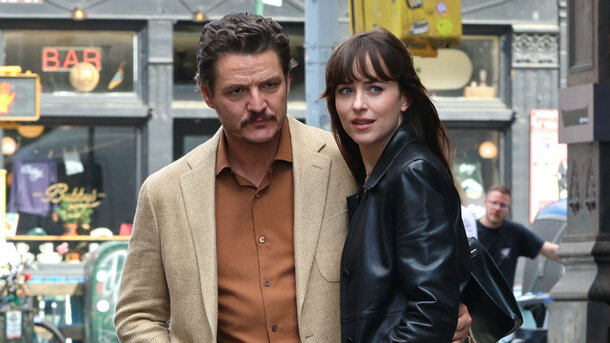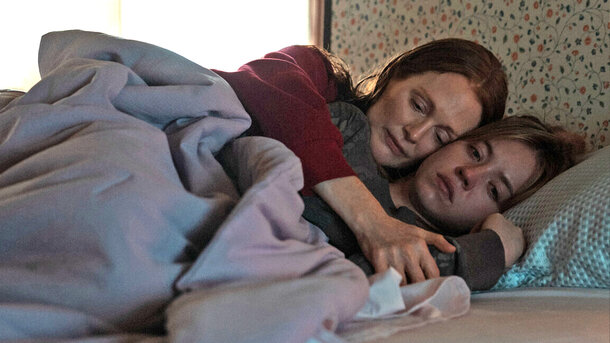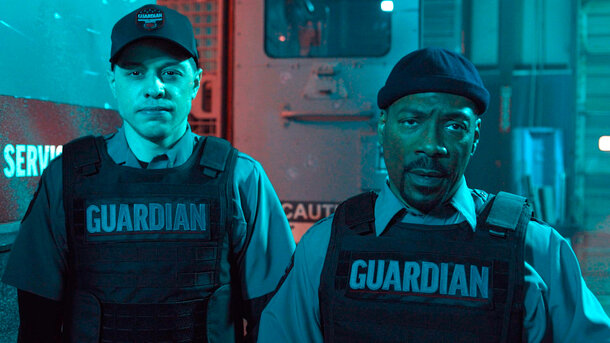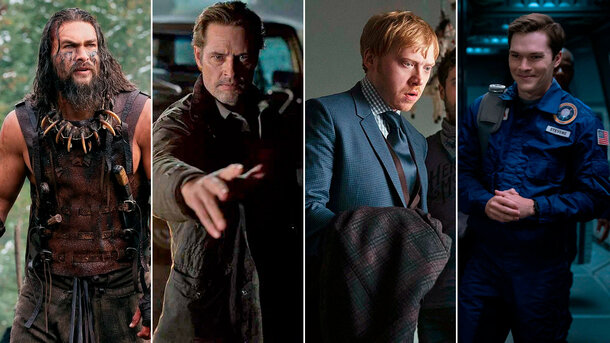Fourteen years have passed, and finally, the moment fans have been waiting for has arrived. The teaser for Shrek 5 from DreamWorks is out, and one would expect sheer excitement. Yet, instead of applause, social media has erupted in confusion.
"What happened to his face?" "Why does everything look so shiny?" "Where’s the classic swamp aesthetic?" — these are just a few of the countless comments flooding the internet. Surprisingly, the controversy isn’t about the film’s return but rather Shrek’s new appearance.
Gone is the slightly rough, familiar look. Instead, fans are met with glossy skin, a nose that suddenly seems a little too refined, and Fiona looking as if she’s undergone a digital facelift.

"The biggest issue is Shrek’s nose. It used to be slightly square, now it’s just a regular human nose. And Fiona’s face looks more human than before, complain fans. Others, however, argue against this take: "His nose is still flat, and her face isn’t any more human than it used to be."
The reason for this transformation isn’t a radical creative decision but rather the introduction of DreamWorks’ new rendering technology, MoonRay. Already used in Puss in Boots:The Last Wish, it delivers richer colours, detailed textures, and more expressive facial animations. Some see it as a leap forward; others mourn the loss of the charmingly artificial aesthetic that made the franchise so beloved.
But hasn’t Shrek changed before? The stylistic shift between the first and second films was significant, yet it was embraced as an improvement. The difference now is the long gap between sequels —fans have grown accustomed to the classic look.
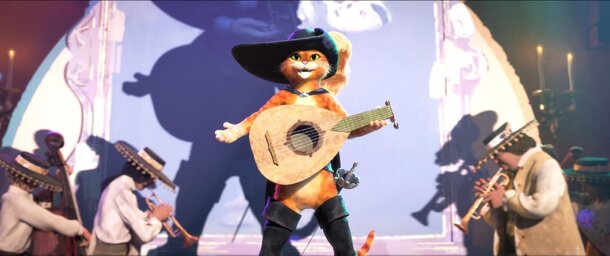
Ultimately, Shrek has fallen victim to the weight of time and nostalgia. He has changed—but so have we. Perhaps it’s not really about his nose at all, but about our longing for the past.
